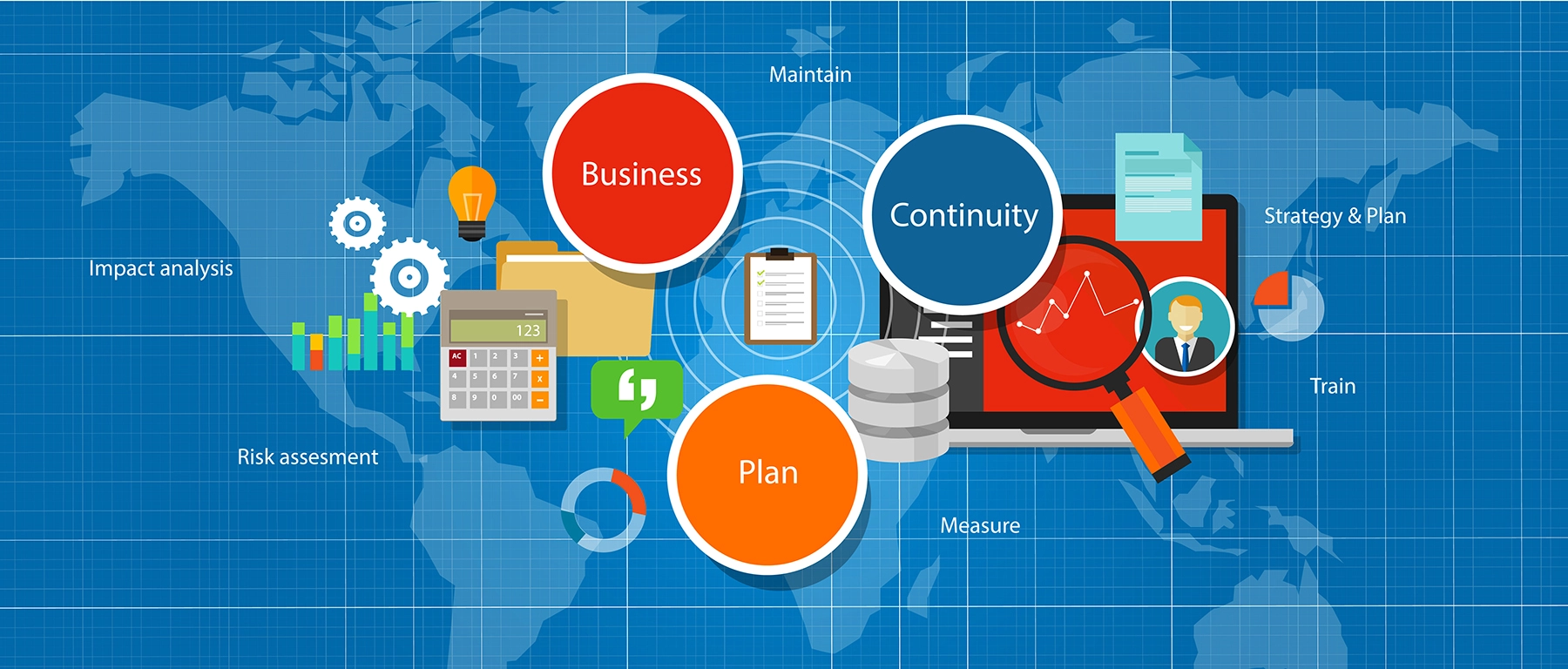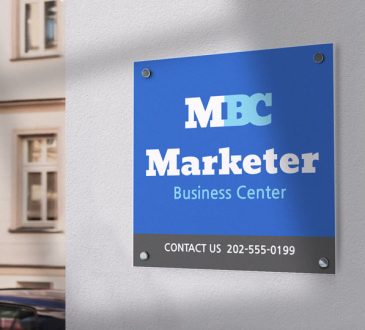
It is difficult for companies in Maryland to recover when they experience unexpected events like fire, flood, or theft. The goal of business continuity management (BCM) is to create a plan to help the company respond quickly and efficiently to a disaster. The key to proper BCM has a plan that outlines what actions should be taken after an incident occurs so that employees can return to their everyday workflow as soon as possible.
What Is Business Continuity Management?
The idea of business continuity management (BCM) is an approach to prepare for, respond to and recover from unplanned events. BCM is a strategic approach to risk management that ensures the survival and recovery of an organization’s core business functions. It involves assessing risks, developing plans for dealing with them, testing those plans, and exercising them periodically. Just like fire safety in the office, BCM requires planning before they need it so that when disaster strikes, everyone knows what they’re doing and can act quickly as a team. Climate disasters in Maryland already lead to problems regarding investment decisions. One can imagine how worse it can be when the disaster passes and the businesses in Maryland are in ruins, unable to prop up.
Principles of BCM
BCM is a set of processes and procedures that help a company recover from an interruption in business operations. It is important to note that BCM isn’t just about recovering from disasters; it’s also about preventing them from happening in the first place.
- BCM ensures that the business can resume normal operations immediately after any disruption.
- BCM helps companies get back on their feet quickly when disaster strikes.
- BCM ensures the smooth flow of information between different departments within an organization during a disaster.
Why Is BCM Important?
BCM is essential because it helps businesses in Maryland plan for the unexpected. No matter how well people think their company is prepared and how hard they work to ensure that it runs smoothly, things can go wrong at any time.
The business must continue to function normally in a disaster so that customers don’t lose faith in the company and potential customers don’t see it as unreliable or untrustworthy. People also need it to maintain their reputation. If something terrible happens, being prepared will help keep any negative publicity from sticking around long enough for others outside of the industry or state.
What Are the Benefits of Using BCM?
There are several benefits of using BCM. A company will see a reduction in business disruption and a reduced cost of downtime, resulting in improved customer satisfaction and employee satisfaction. This also leads to increased shareholder value and corporate reputation.
What Are the Steps in BCM?
- Identify the risks to the business and find ways to mitigate or render those risks as less threatening to the company as possible.
- Develop a plan to manage those risks so the exposure is contained and contingency plans are set.
- Test the plan regularly and as often as possible in simulated environments with trained professionals and frequent drills.
- Train employees on the business continuity management process, including recognizing and responding to incidents and situations that might disrupt normal operations or cause an interruption of services due to an emergency or disaster.




